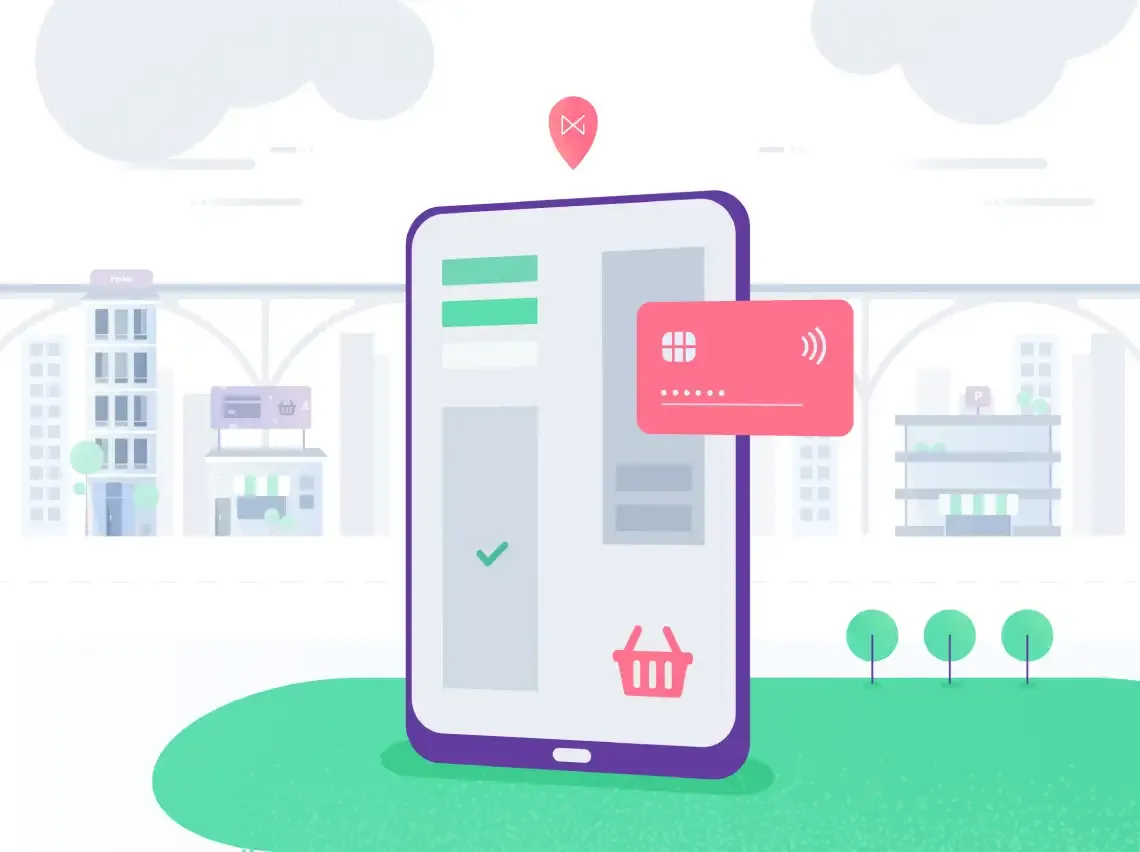With Tap on Phone, any merchant – of any size – can accept contactless payments easily, quickly and securely.
Small and medium-sized businesses (SMB) have traditionally operated at a disadvantage in markets that include big box and enterprise competitors. Prominent players can find the capital to invest in the technology necessary to accept digital payments – and enjoy ROI from higher average tickets, customer-pleasing check-out experiences, and, in the age of COVID-19, contactless functionality that may impact customer loyalty. NMI research found that 43 percent of consumers actively avoid shopping with retailers that don’t accept contactless payments.
However, it hasn’t always been easy for SMB businesses to offer the same level of payment convenience that their bigger competitors do. Feature-rich traditional payment terminals found in larger retail chains take a significant investment, often putting them out of reach of SMBs, mom-and-pop shops and microbusinesses. Tap on phone, which allows merchants to accept contactless payments on Android mobile devices without additional card reading hardware – can level the playing field.
How Tap on Phone Works
From a merchant’s perspective, it’s easy to use tap on phone, aka “tap to phone”, “tap to mobile” or “SoftPOS.” A merchant only needs to download the tap on phone application to an Android device – Android works because it is an open system; Apple, on the other hand, locks down the NFC chip. Then, the merchant creates an account with a bank or processor, and to accept a payment, allows a customer to tap the device with a contactless card or an NFC mobile wallet on a smartphone. If the customer requests a receipt, the merchant can email it to keep the experience completely touchless.
Tap on phone is now far beyond the idea stage. In January 2021, Mastercard announced its partnership with NMI and Global Payments Inc. for a live tap on phone pilot – the first in the world. To make Mastercard’s pilot work, NMI took the contactless logic (referred to as a “Kernel”) that’s usually in the dongle that merchants can use with a mobile device to receive payments and put it in the cloud. The result is a payment that’s terminal-free – and secure. The tap on phone pilot uses a combination of security controls based on the Payment Card Industry Security Standards Council (PCI SSC) data security standard for Contactless Payments on Consumer Off-the-Shelf (COTS) devices, or “CPoC” for short.
The Impact of Tap to Phone on the Future of Digital Payments
The introduction of tap on phone marks a turning point in the payments industry. It won’t be the end of payment terminals and card readers but rather the beginning of more options for payment devices, including smartphones, tablets, and even watches or other wearables. Any merchant, from a sales associate at a nationwide specialty chain or big box store to a merchant selling produce at a roadside farm stand, can accept digital payments without investing in costly payment terminals or even a payment dongle.
Moreover, all the pieces are in place for tap on phone adoption to increase quickly. In a post-COVID-19 world, when consumers and merchants’ employees are acutely aware of the items they touch, contactless payments are preferred. Additionally, mobile devices make more sense than stationary payment terminals for stores and restaurants doing more business online and accepting payments curbside or at the front door when items are delivered. Tap on phone is the key to socially distanced, contactless payment experiences that any merchant can offer.
Also, as Mastercard makes SDKs available to solutions providers, FinTechs, acquirers and processors, integrations and distribution channels can scale quickly.
The Opportunity for Your Business
Consider the millions of SMB and micro-merchants worldwide. Some still do not have fast and efficient ways to accept digital payments, and some already own phones capable of supporting tap on phone payments. The opportunity is vast.
If one looks to a very realistic not-too-distant future, we’ll be integrating Android-based hardware into vending machines, parking meters and self-checkout kiosks. Consumers could potentially make quick, easy, low-friction payments anywhere – and merchants in a wide array of vertical markets could increase their revenues by offering a simple, convenient way to pay. What role will you play in this significant opportunity?
Tap on phone standards are still evolving, and a full-scale solution is not yet available, but buckle up. Payment hardware is evolving and about to change. If you’re ready to be a part of this next iteration in the digital payments space, contact NMI to learn how our soon-to-be-released Tap to Mobile solution can help.
Don’t just turn on payments, transform the way you do business
- Generate New Revenue By adding or expanding payment offerings to your solution, you can start earning higher monthly and transaction-based recurring revenue.
- Offer the Power of Choice Allow merchants to choose from 125+ shopping cart integrations and 200+ processor options to streamline their onboarding.
- Seamless White Labeling Make the platform an extension of your brand by adding your logo, colors and customizing your URL.





